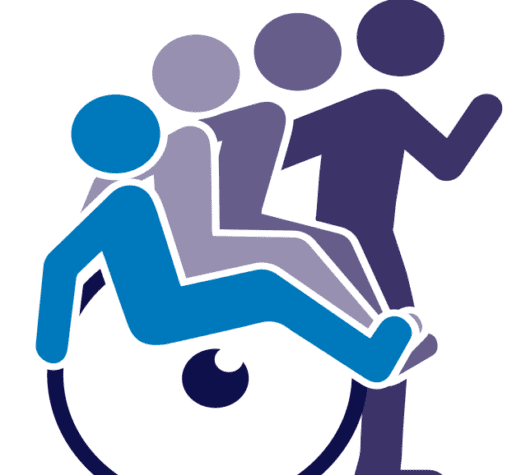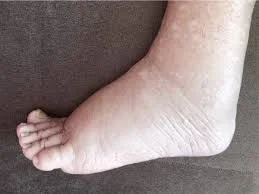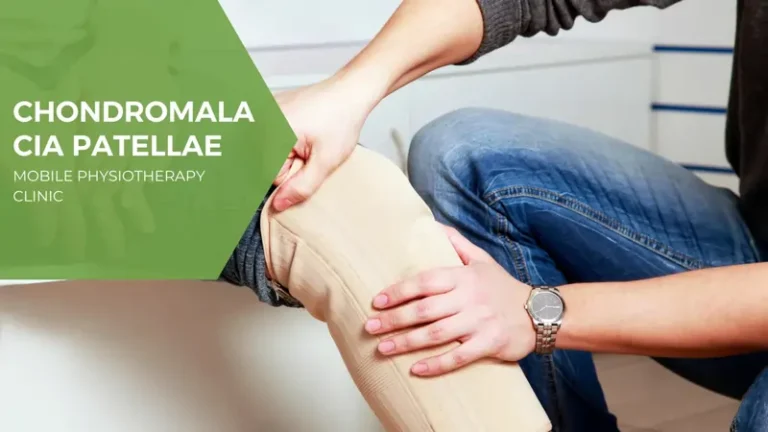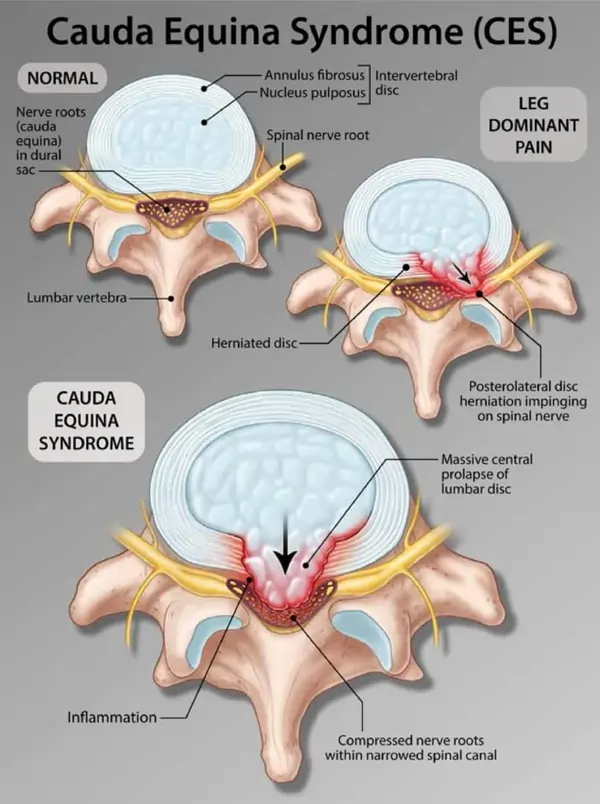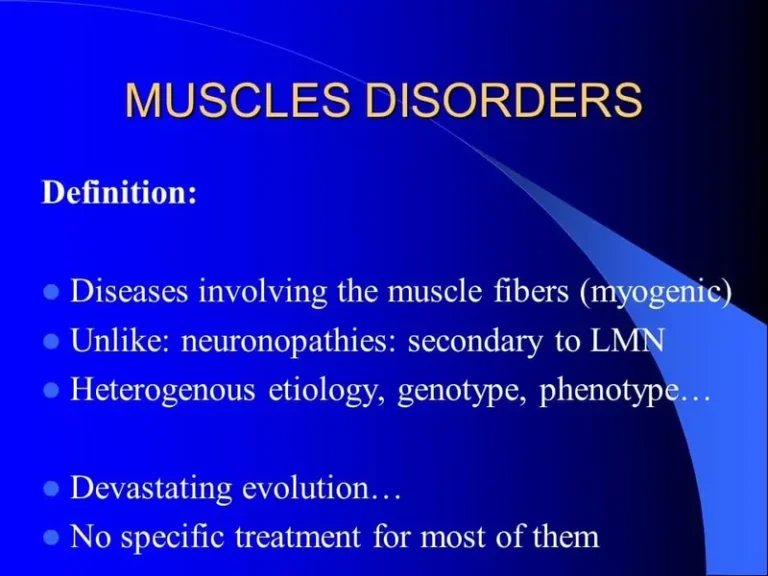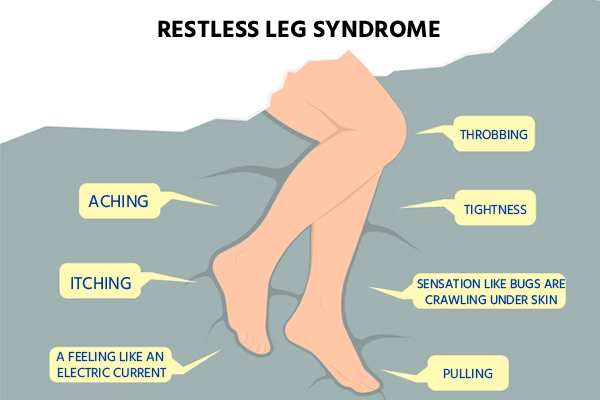Monoplegia
Monoplegia is a type of paralysis that affects only one limb, typically an arm or a leg, often caused by nerve injury, stroke, or brain damage affecting the specific area controlling that limb.
Both temporary and permanent conditions are possible. Monoplegia is most frequently caused by cerebral palsy. Usually, treatment consists of symptom management to improve your quality of life.
Table of Contents
What Is Monoplegia?
- A stroke or other injury that interferes with the nerve signals to your arm or leg muscles might cause monoplegia. One arm or leg is affected by this particular form of paralysis. You can’t move a part of your body if you’re paralyzed. While monoplegia can sometimes be permanent, it can also be temporary.
- Monoplegia is caused by a nervous system issue. The command and communication system of your body is your nervous system. It instructs your body on what to perform by sending signals from your brain throughout it.
- The muscles in your arm and leg cannot receive information if your nervous system is damaged. From your brain, the signal must go via your spinal cord, nerve roots, nerves, and muscles.
- Therefore, there are numerous causes of monoplegia.
Causes of Monoplegia
It is common for cerebral palsy to cause monoplegia. It may also be brought on by trauma or injury to the affected limb, brain, or spinal cord.
Other possible, though less frequent, factors include:
- Stroke
- Tumors of the brain or spinal cord
- Compression of peripheral nerves as a result of tumor inflammation (neuritis), bone spurs, or herniated discs.
- Peripheral neuropathy,
- A motor neuron disease, like monomelic amyotrophy
- Autoimmune neurological conditions like multiple sclerosis
Symptoms of Monoplegia
Monoplegia symptoms might appear unexpectedly, as in the event of a stroke or injury. A motor neuron disease or cerebral palsy may also cause the symptoms to worsen over time progressively.
Being unable to move one arm or leg is the primary sign of monoplegia.
Additionally, you could have the following symptoms in or near the affected limb:
- Reduced sensation
- Stiffness or spasms in the muscles
- Sensations of tingling, numbness, or lack of muscle tone or floppiness
- Curling of the affected limb’s fingers or toes.
How Is Monoplegia Diagnosed?
A medical professional will examine you physically and inquire about any recent injuries. They will ask you when you first became aware of the issue. Your healthcare professional could ask for certain examinations, such as:
- X-rays
- Computed tomography (CT) scan
- Magnetic resonance imaging (MRI) scan
- Electromyogram (EMG)
When should I visit my doctor?
In case you present symptoms of a stroke or a potential injury to your head, neck, or spine, you should contact 911 or your local emergency number. Otherwise, give your provider a call if you have:
- Having tingling or numbness in your arms or legs
- Chronic or temporary muscle weakness
- Suddenly being unable to move your muscles
Treatment
At the moment, there is no treatment for paralysis, including monoplegia. Treatment instead aims to improve quality of life while addressing the symptoms.
Addressing the root cause of monoplegia is crucial.
Among the possible therapies for monoplegia are the following:
- Occupational therapy
- Assistive devices
- Medications
- Surgery
- Physical therapy
Occupational therapy: Occupational therapy has numerous ways to make daily tasks like cooking, bathing, and dressing easier.
Assistive devices: These devices have the potential to simplify daily tasks. Among these are voice-activated gadgets, wheelchairs, walkers, and grips and handles specifically designed for this reason.
Medications: Some of the monoplegia symptoms may be lessened by medication. Muscle relaxants for stiff or spasming muscles and painkillers for pain are two examples.
Surgery: Surgery can be required if a tumor or nerve compression is the cause of the monoplegia.
Physical Therapy Treatment for Monoplegia
Physiotherapy is essential for managing monoplegia since it increases the limb’s strength, movement, and coordination. Exercises to increase range of motion, decrease stiffness, and strengthen muscles are all part of a tailored physiotherapy program. Additionally, methods like manual therapy and electrical stimulation can be used to increase muscle and neuron activation.
Physiotherapists help patients regain their independence by teaching them safe movement patterns and how to use assistive technology. For the best recovery results and to avoid problems like joint contractures or muscle atrophy, regular therapy sessions are essential.
- Constraint-induced movement therapy
- Functional electrical stimulation
Constraint-induced movement therapy
A therapist uses this therapy method to try to increase the arm’s functional and motor abilities. The therapist forces the patient to use the affected limb while restricting the use of the normal limb. By using a splint, plaster cast, or sling, the affected arm is restrained. The patient is only permitted to use the unaffected arm for hygiene, toileting, and bathing during this therapy’s course. The patient is expected to try using the affected limb for the remaining tasks.
Functional electrical stimulation
The muscles of the affected limb get small electrical impulses as part of this monoplegia treatment method. The electrical charges let the muscles function normally again. In addition to receiving electrical stimulation, a patient must participate in a strenuous exercise routine for a predetermined amount of time. Studies conducted over the years have shown that patients who have no movement in a limb recover a significant amount of capability following therapy.
Complications of Monoplegia
- Deep Vein Thrombosis (DVT)
- Circulatory problems
- Muscle stiffness and spasms
Deep Vein Thrombosis (DVT): Lack of mobility in the affected limb might lead to blood clots.
Circulatory problems: It is possible for the affected limb to develop further circulation problems.
Muscle stiffness and spasms: These may happen in the affected limb.
Prevention of Monoplegia
- Manage underlying conditions
- Adopt a healthy lifestyle
- Prevent injuries
- Seek prompt medical care
Manage underlying conditions: Since nerve damage is a risk factor, control your blood pressure, cholesterol, and blood sugar levels, particularly if you have diabetes.
Adopt a healthy lifestyle: A healthy diet, regular exercise, and stress management can all help prevent strokes and other vascular problems that can cause monoplegia.
Prevent injuries: To prevent traumatic injuries that could harm the nervous system, wear protective gear when performing high-risk activities.
Seek prompt medical care: Seek early treatment for any illnesses or infections that may impact the nervous system, and get frequent checkups.
Summary
- One limb, such as an arm or leg, on one side of your body, can become paralyzed if you have monoplegia. When a portion of the nervous system is damaged, nerve signals to the muscles in the affected limb are disrupted.
- The entire or lower body, one arm, or one leg may be affected by monoplegia. The onset of symptoms may be abrupt, or they may develop gradually.
- It is common for cerebral palsy to cause monoplegia. However, it can also be the consequence of trauma or injury to the affected limb, brain, or spinal cord.
- Even though monoplegia can occasionally become better with time, some individuals may never fully recover from it. The goals of treatment are usually to improve quality of life and reduce symptoms.
FAQ’s
When only one limb—an arm or a leg—has lost all voluntary muscular action, it is known as monoplegia. Both temporary and permanent conditions are possible. Monoplegia is most frequently caused by cerebral palsy. Usually, treatment consists of symptom management to improve your quality of life.
Only one limb, such as one arm or one leg, is paralyzed in monoplegia, whereas hemiplegia paralyzes one side of the body, affecting the arm and leg on the same side. Hemiplegia affects half of the body, whereas monoplegia only affects one limb. This is the main distinction between the two conditions.
Monoplegia cannot be cured; however, physical therapy and counseling are common therapies to help restore muscle tone and function. Recovery will differ based on whether temporary, partial, or total paralysis is diagnosed.
References:
- Patel, D. (2023, December 13). Monoplegia – cause, symptoms, treatment, rehabilitation. Mobile Physiotherapy Clinic. https://mobilephysiotherapyclinic.in/monoplegia/
- Monoplegia. (2025, October 1). Cleveland Clinic. https://my.clevelandclinic.org/health/diseases/monoplegia
- Seladi-Schulman, J., PhD. (2020, January 29). What is monoplegia, and how does it affect your body? Healthline. https://www.healthline.com/health/monoplegia
- Sharma, A. (2025b, January 20). Monoplegia causes, treatment, home remedies, and more! Lybrate. https://www.lybrate.com/topic/monoplegia
- Portea, U. K. M. M. D. M. D., & Portea, U. K. M. M. D. M. D. (n.d.). Physiotherapy for Monoplegia: Causes & Treatment | Portea. https://www.portea.com/physiotherapy/monoplegia
